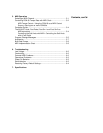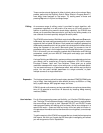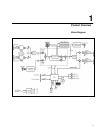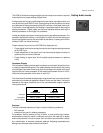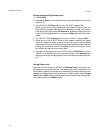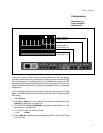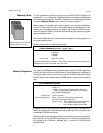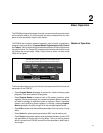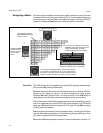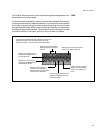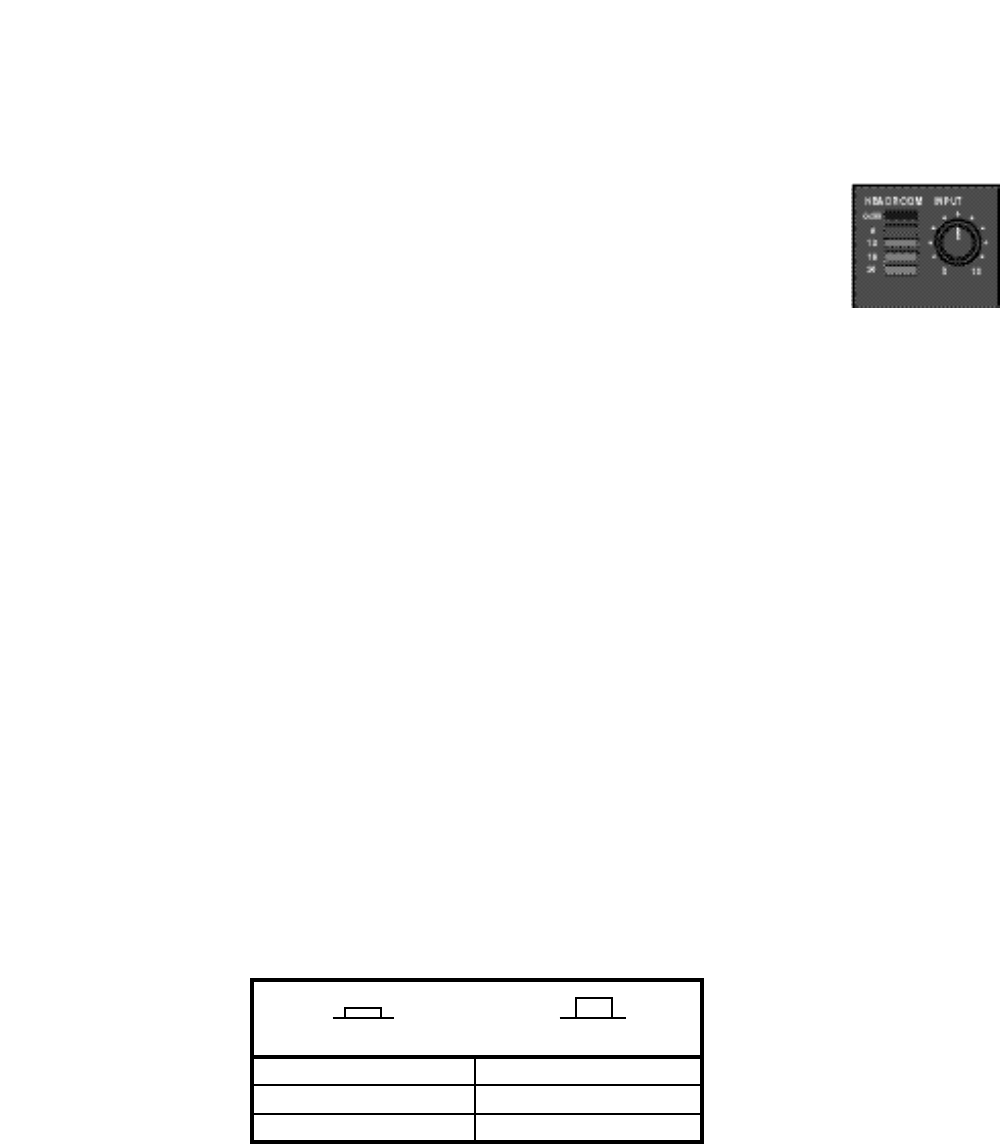
1-5
Product Overview
The PCM 80, with both analog and digital input and output connections, requires
some attention to proper setting of signal level.
Analog inputs are first gain-conditioned by the rear panel input gain switch, and
then by the front panel INPUT knob. Proper setting of both the switch and knob
are important for best performance of the A/D converter. Audio data from the A/
D converter is level adjusted by the Analog Lvl parameter before reaching the
effects processors. Digital inputs are also level adjusted before reaching the
effects processors via the Digital Lvl parameter.
Analog and digital sources are mixed at the input to the effects processors. For
example, setting both Analog Lvl and Digital Lvl to 50% will mix the analog and
digital input signals equally and send them to the effects. Creating a mix which
exceeds 100% can cause overload.
Proper setting of Input level on the PCM 80 is dependent on:
• Proper signal level into the analog front end to avoid signals causing overload
at the DSP input
• Proper adjustment of the signal level into the analog-to-digital converter to
optimize noise and avoid overload
• Proper setting of signal level into the digital signal processor to optimize
noise.
Headroom Display
The headroom display provides both headroom and overload information from
a variety of measurement points. The meters display the sum of both the analog
and the digital input data. Examining either the analog or the digital level alone
requires that the Level parameter of the subject data stream be set to 100%,
while the Level parameter of the other is set to 0%.
The chart below illustrates the adjustment range that will set input levels for both
balanced and unbalanced operation.When a choice can be made, it is best to
operate at the higher amplitude end of the recommended range to optimize
noise performance.
Setting Audio Levels
Overload
The 0db (overload) indicators will light under the following conditions:
• A/D overload
• overload at any point in effects processing
For example, internal peaking of high Q filters, or level buildup from certain
reverberation modes can result in overload, even when the input A/D or digital
receiver data stream is not at full scale. Such conditions are most often caused
by a combination of extreme parameter settings. Adjusting parameter/level
settings can eliminate these overload conditions.
Unbalanced Balanced
overload: > 0dBu >+20dBu
acceptable: 0dBu to -22dBu +20dBu to -2dBu
too low (noisy): <-22dBu <-2dBu




